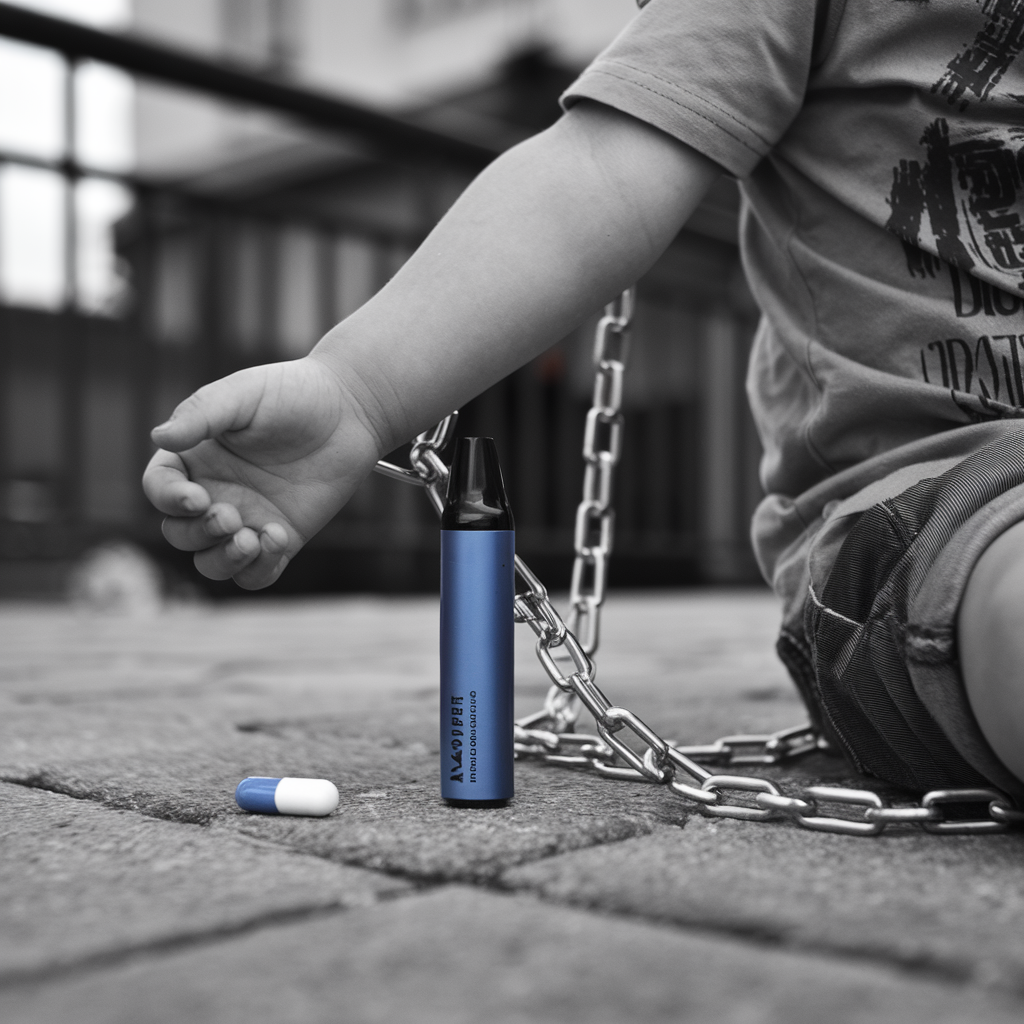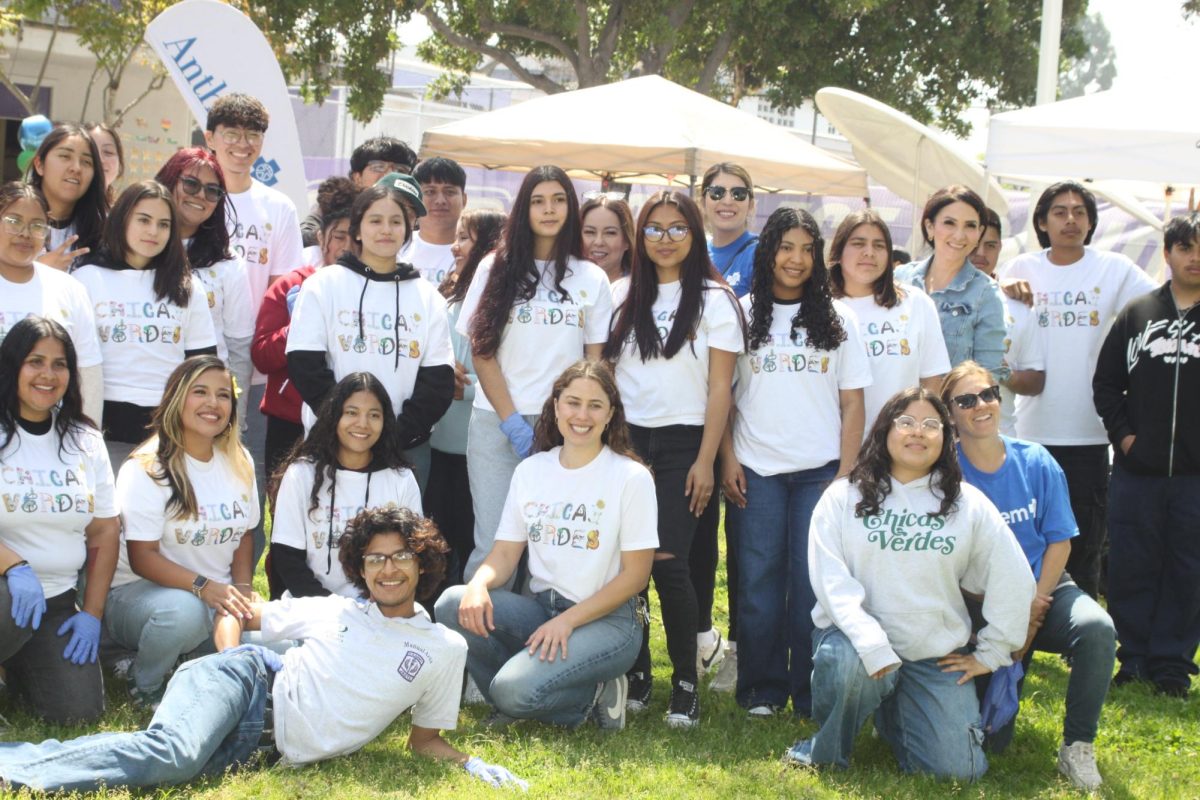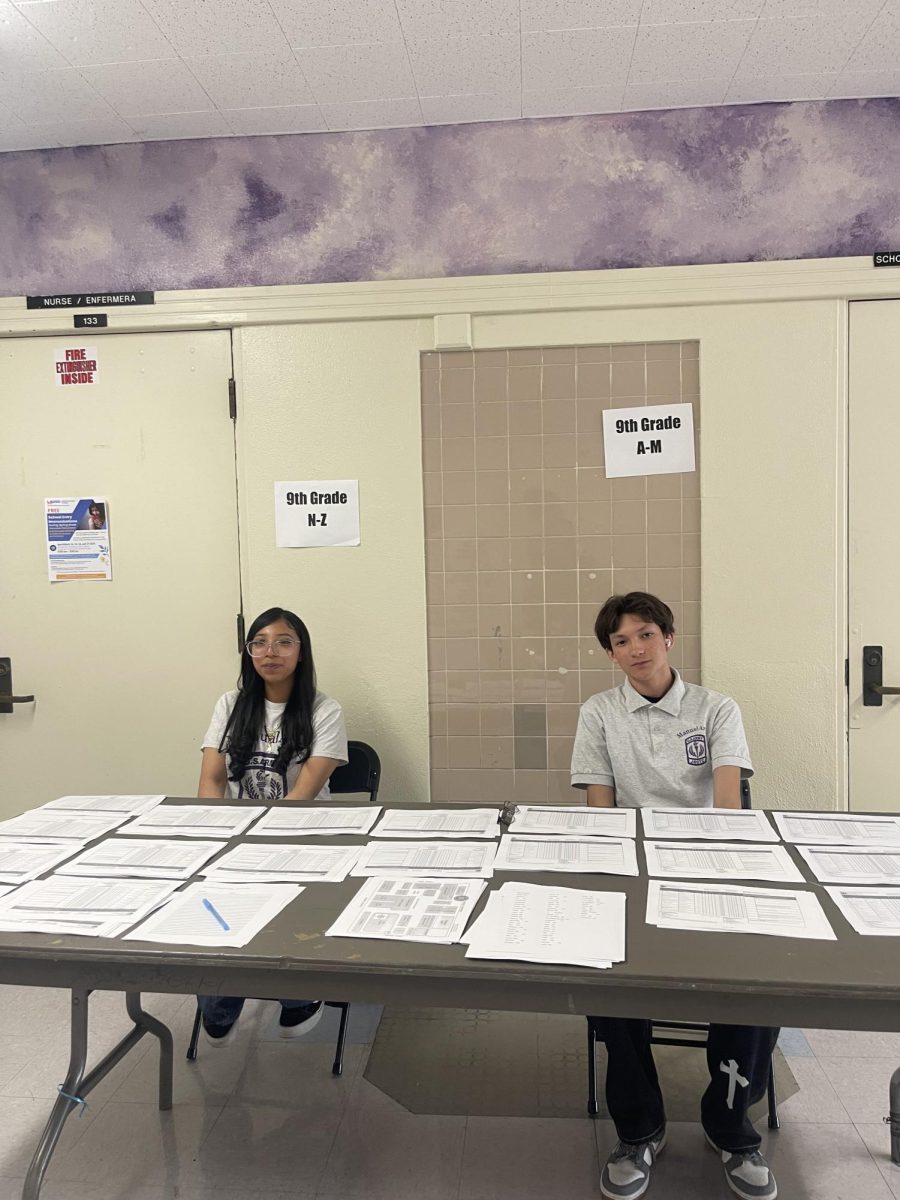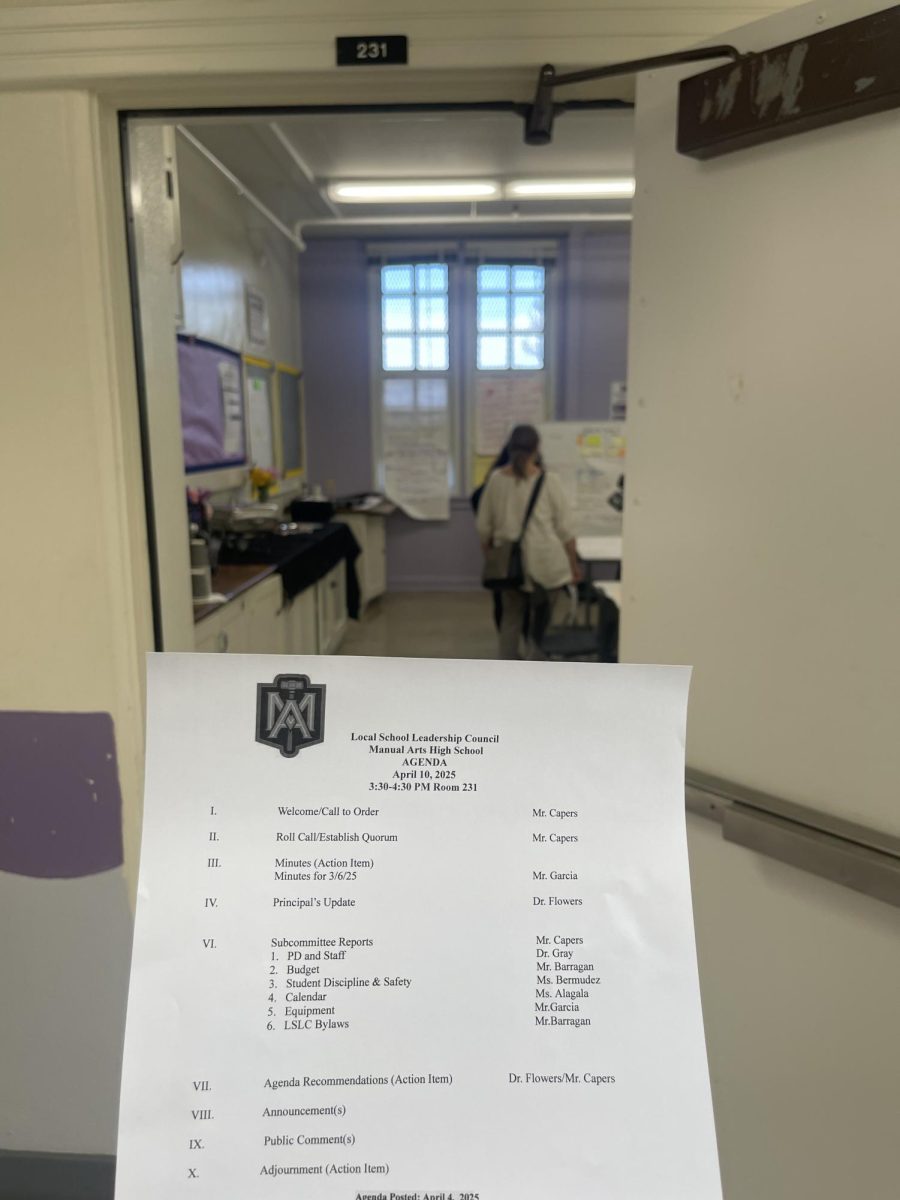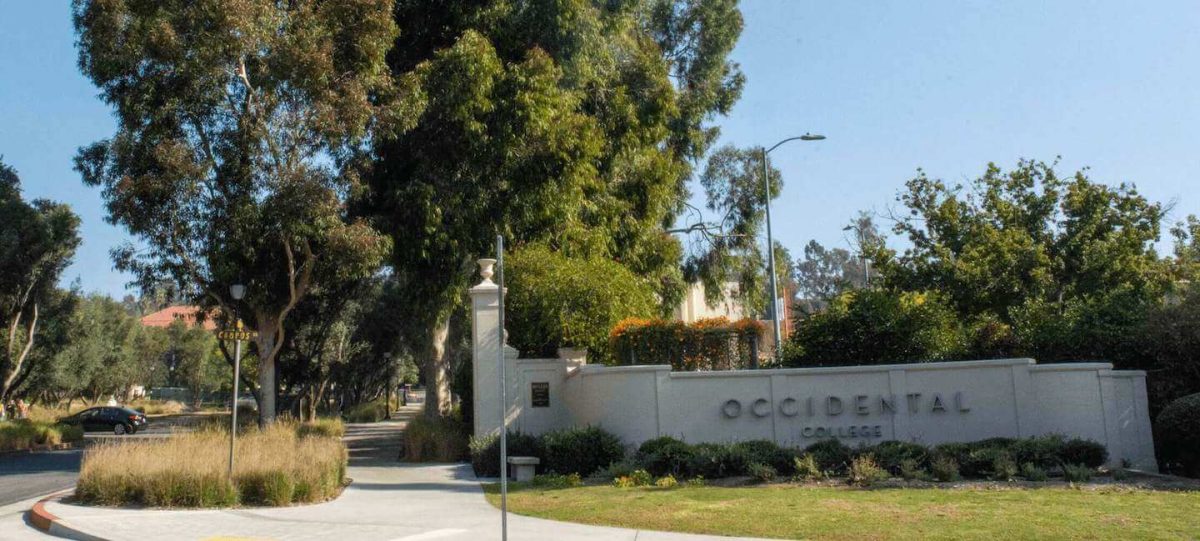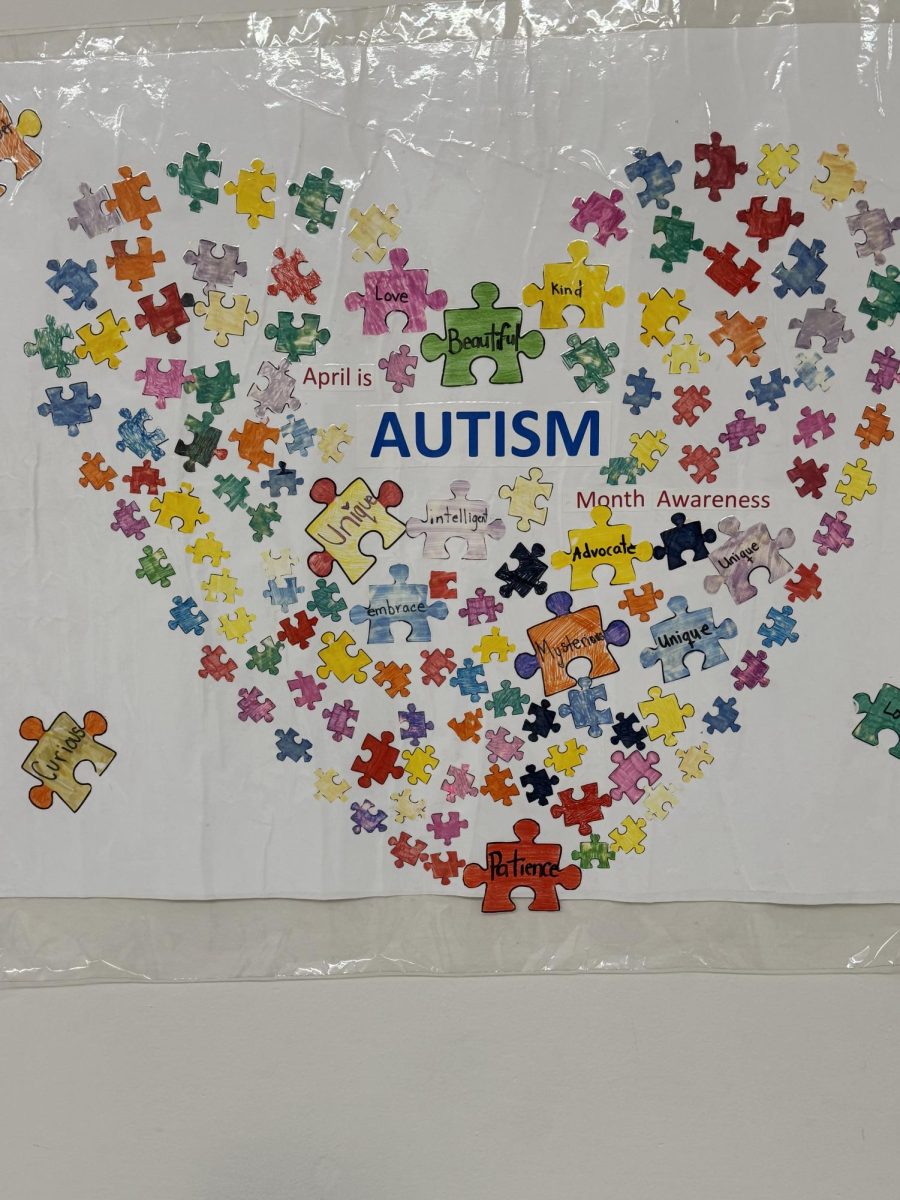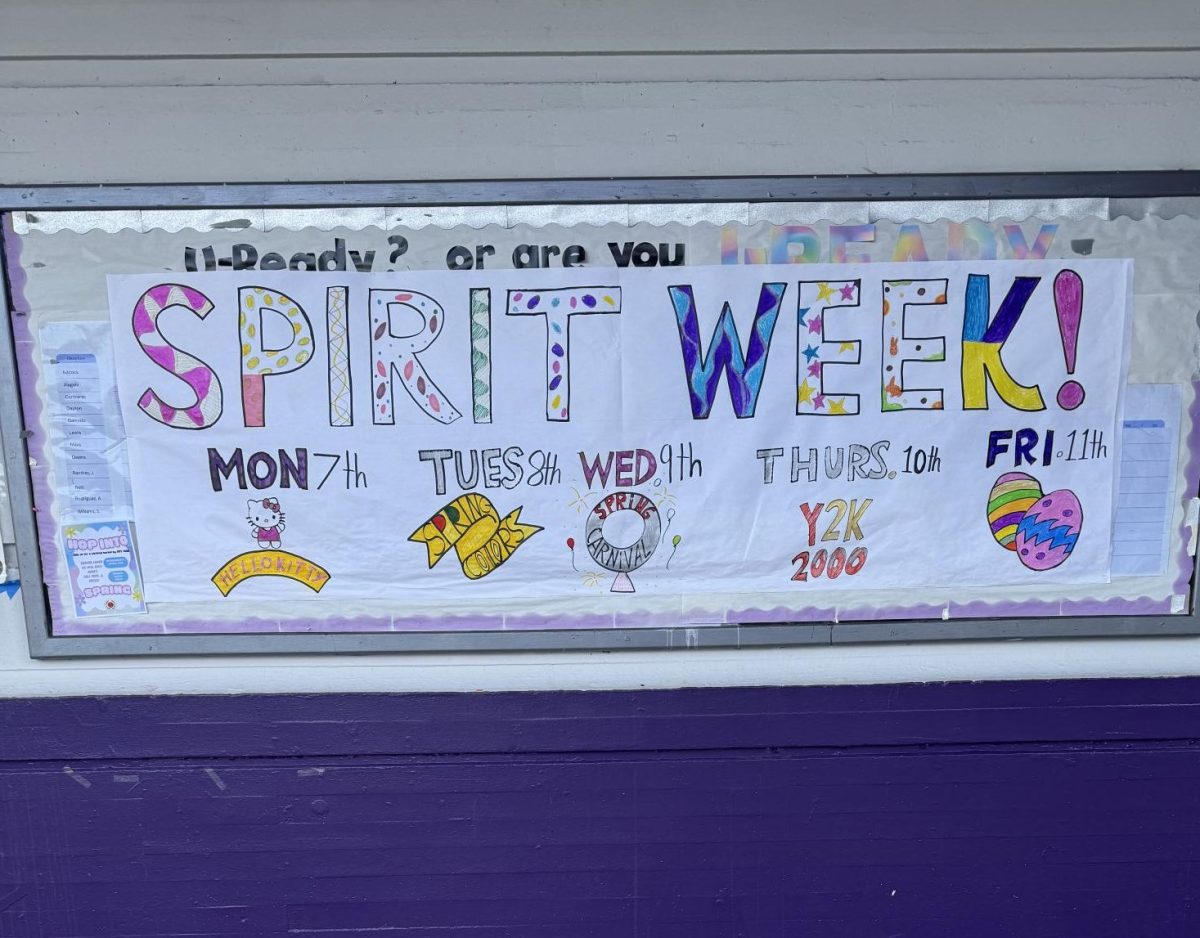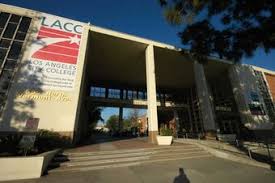Health is one of the current areas of concern in our student community within the Los Angeles Unified School District. We can see, as members of this community, how our leading community of tomorrow is being affected by various environmental and social factors that are detrimental to their health. Issues such as mental health, and substance abuse are putting the potential of Los Angeles Unified students in decline. Ultimately, action must be taken against each of the factors that are increasingly affecting the leading minds of the future. To do this, we must be informed of the risk factors for these problems and the solutions we can take to combat them.

Mental health is a growing concern within LAUSD leadership. Studies by Hispanos Press indicate that 1 in 14 children in California have emotional problems that affect their daily functioning; not only affecting their academic potential, but also contributing negatively to their social skills. In addition, more than 284,000 youth suffer from major depression, and 66% of them go untreated.
To address this crisis, Los Angeles County, in collaboration with L.A. Care Health Plan, Health Net and the County Department of Mental Health, has implemented tele-mental health services through Hazel Health. This program provides mental health support to more than one million K-12 public school students at no cost to families. As a community, we can help by promoting these governmental supports to our adolescent population and informing students and parents about the importance of mental health care and the long-term impact it has.

Recent incidents related to substance abuse among students reflect the urgency for the community to combat this problem quickly. For example, at Walter Reed Middle School, 17 students were medically evaluated after consuming gummies containing an unknown substance, presenting symptoms such as nausea, vomiting and anxiety. (ABC7 LOS ANGELES)
However, workshops are being promoted to educate and caution against substance use in the student community.
These current health problems among LAUSD students reflect a lack of education for children and adolescents to prevent these problems. We can see, as members of the community, the urgent call from students to an early rescue from these addictions that are negatively affecting their lives.

As a community we must be informed of some of these growing problems to take action against and disseminate information that will help these students to combat these problems. Let’s not let our student leaders be dragged down by these problems; this article is an invitation to all of us to be part of the change in these growing lives.


